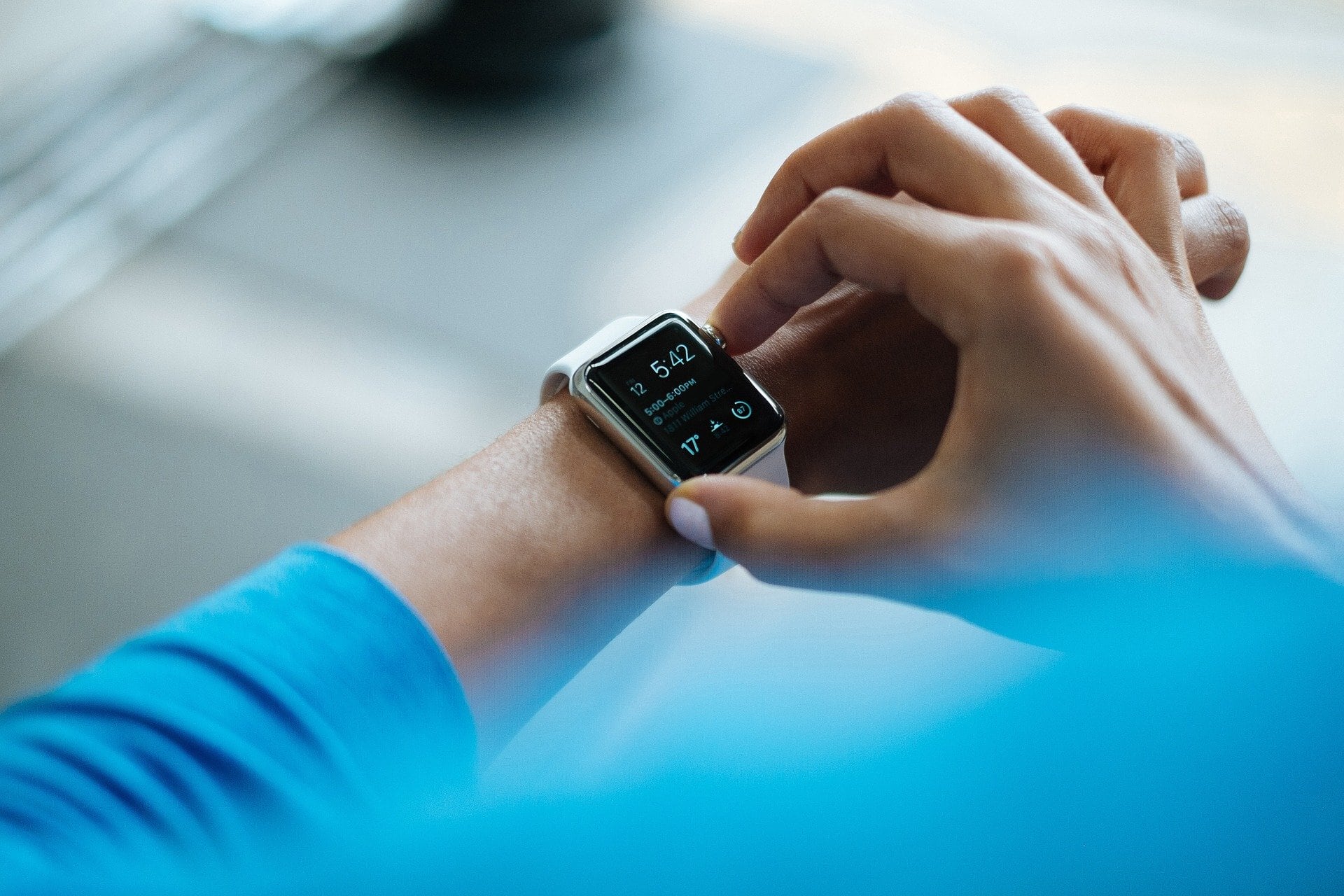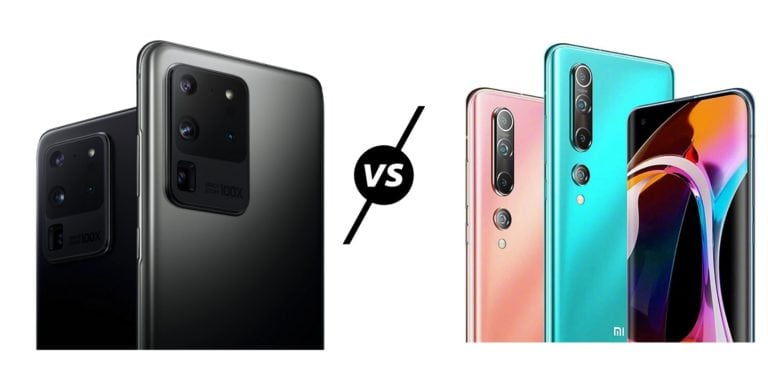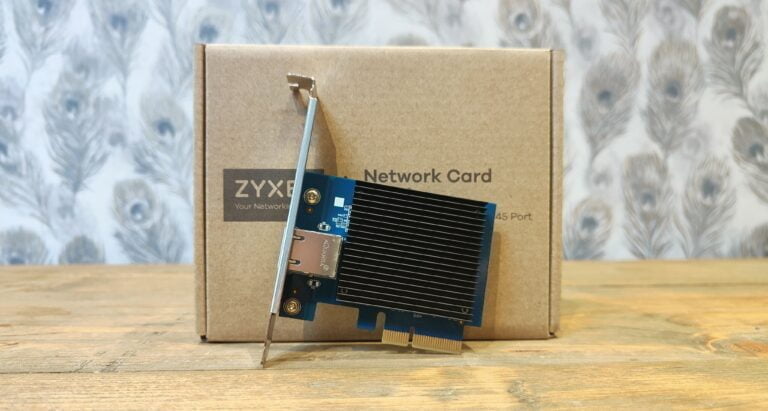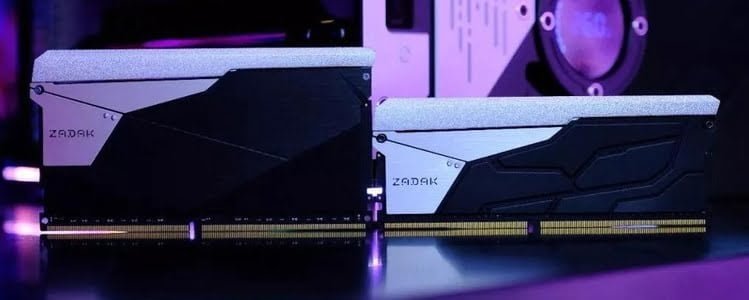Any links to online stores should be assumed to be affiliates. The company or PR agency provides all or most review samples. They have no control over my content, and I provide my honest opinion.
The Internet of Things and the rapid proliferation of smart devices tend to dominate technology forums. And we are seeing the impact of that from monitoring power usage to the appliance and process variables across a production facility. Yet it is the more mundane and less obvious technology that will have the greatest impact. And the best example of this is wearable technology.
Built-In Safety Sensors
Safety sensors are often essential to someone’s well-being. Yet adding several sensors to your uniform can get in the way of your work, and others will chose not to do it because it is seen as a privacy violation. The solution is wearable technology. Build acceleration sensors into hard hats and location and body temperature sensors into safety vests. If someone passes out due to heat stroke or a concussion, you know what has happened and where they are so that they can be saved. And because these sensors are built into the clothes and gear they’ll already wear, they can’t forget it or choose to leave it behind.
Smart Glasses
Have you ever met someone and forgot their name? Did you ever want to receive navigation advice without having to check your smart phone? Smart glasses could do that for you. Unlike cybernetic implants, you can choose to buy them, upgrade them and replace them without invasive surgery. If they malfunction, take them off and put on regular eye glasses. Smart glasses are also the logical solution for bringing augmented reality to the public. You can watch how-to videos or get real-time feedback from subject matter experts based on wherever you are. Live stream a meeting through your glasses so that others truly get your perspective. If the meeting is sensitive, turn off or take off the glasses.
Audiovisual Infotainment Anywhere
How much easier is it to listen to music if the headphones were built into your cap? How much more fun is a concert if the audience can have images of the stage playing on their shirts, so that those behind them don’t have to fight for a better view? Or have sensors built into someone’s gloves automatically translate their sign language to spoken language for everyone else.
General Health Monitoring
Sensors made of printed graphene ink could be integrated into clothing and linens. This would lower their price while making them reliable and ubiquitous. How would health sensors made this way revolutionize things? While the general hype about wearables is that you could have a shirt that changes designs on command, it is the health market that would pay for it to become mainstream. Imagine a shirt that tracks your blood sugar and tells you when you need insulin, or more importantly, warns the doctor or caregiver when you’ve passed out. Eliminate the need for blood pressure cuffs, because a
wearable bracelet or the collar of your shirt tracks it continuously. Don’t worry where your child or grandparent is, because the wearable tech in their clothes tells you where they are. It won’t be forgotten, lost or dead because someone forgot to charge it, since it may even recharge via the person’s movement or body heat.
The same smart technology is a boon to active people. Leave the pedometer at home, because your smart socks could track that along with the condition of your feet.
I am James, a UK-based tech enthusiast and the Editor and Owner of Mighty Gadget, which I’ve proudly run since 2007. Passionate about all things technology, my expertise spans from computers and networking to mobile, wearables, and smart home devices.
As a fitness fanatic who loves running and cycling, I also have a keen interest in fitness-related technology, and I take every opportunity to cover this niche on my blog. My diverse interests allow me to bring a unique perspective to tech blogging, merging lifestyle, fitness, and the latest tech trends.
In my academic pursuits, I earned a BSc in Information Systems Design from UCLAN, before advancing my learning with a Master’s Degree in Computing. This advanced study also included Cisco CCNA accreditation, further demonstrating my commitment to understanding and staying ahead of the technology curve.
I’m proud to share that Vuelio has consistently ranked Mighty Gadget as one of the top technology blogs in the UK. With my dedication to technology and drive to share my insights, I aim to continue providing my readers with engaging and informative content.







